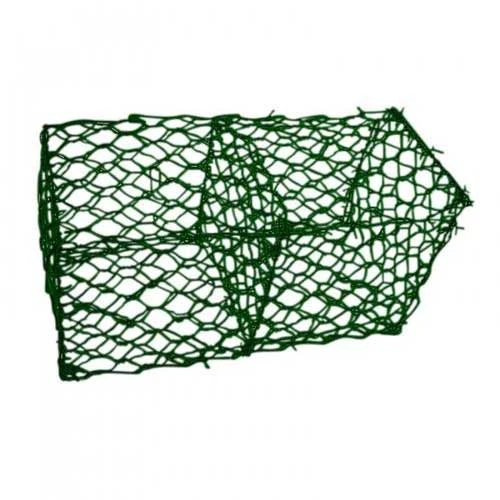-
 Phone:
Phone: -
 Email:
Email:

Exploring the Impact of Barbed Wire on Boundaries and Conflict Dynamics
The Symbolism and Significance of Barbed Wire
Barbed wire, initially designed as a practical solution for enclosing livestock, has transcended its utilitarian origins to become a powerful symbol of confinement, protection, and sometimes, oppression. Its invention in the late 19th century marked a turning point in agricultural practices, enabling farmers to effectively manage their herds while simultaneously keeping out unwanted intruders. However, as time progressed, its applications evolved, leading to a complex tapestry of meanings deeply entwined in social, political, and historical contexts.
The Symbolism and Significance of Barbed Wire
However, the darker implications of barbed wire emerged during various historical periods, especially in relation to warfare and incarceration. During World War I and II, barbed wire became synonymous with military conflict, used to construct trenches and secure prisoner-of-war camps. It transformed from a symbol of agricultural management to one of separation and devastation, illustrating the harsh reality of human conflict. Soldiers and civilians alike were marred by its presence, a constant reminder of the barriers erected between not just territories, but also ideologies and cultures.
barbedwire

Beyond the battlefield, barbed wire found its place in the architecture of oppression. Its use in concentration camps during the Holocaust encapsulated the ultimate betrayal of humanity, where it became a tool of segregation and control. Here, barbed wire took on profound symbolism, representing the brutal confinement of individuals stripped of their rights and dignity. It stands as a haunting reminder of past atrocities, echoing through time as a cautionary tale about the consequences of intolerance and dehumanization.
In contemporary society, barbed wire continues to evoke a sense of unease and contemplation. Its presence along borders signifies ongoing struggles surrounding immigration and national security, prompting debates about ethics, human rights, and the balance between protection and exclusion. The boundary it creates often reflects deeper societal issues, including fear, xenophobia, and the complexities of globalization. Thus, the wire, while once merely a tool for keeping livestock at bay, now represents the fragility of freedom and the often-blurred lines between security and oppression.
In art and literature, barbed wire has been employed as a motif to express themes of entrapment, struggle, and resilience. Artists and writers use its imagery to provoke thought on the complexities of human existence, on the tension between desire for freedom and the restrictions imposed by societal structures. In this light, barbed wire becomes a metaphor for the barriers we encounter—be they emotional, social, or political—that impede personal growth and community connection.
In conclusion, barbed wire is far more than a simple fencing material; it is a multifaceted symbol that encapsulates the dualities of human experience. From protection to oppression, from farming to warfare, its evolution reflects the complexities of human nature and the societies we build. As we navigate a world rife with boundaries—both physical and metaphorical—barbed wire serves as a poignant reminder of the need for compassion, understanding, and the ongoing struggle for freedom and dignity for all.
-
Wire Mesh for Every Need: A Practical SolutionNewsJul.25,2025
-
Steel Fences: Durable, Secure, and Stylish OptionsNewsJul.25,2025
-
Roll Top Fencing: A Smart Solution for Safety and SecurityNewsJul.25,2025
-
Cattle Farm Fencing Solutions for Maximum SecurityNewsJul.25,2025
-
Affordable Iron Binding Wire SolutionsNewsJul.25,2025
-
Affordable Galvanized Wire SolutionsNewsJul.25,2025
-
Wire Hanger Recycling IdeasNewsJul.25,2025








